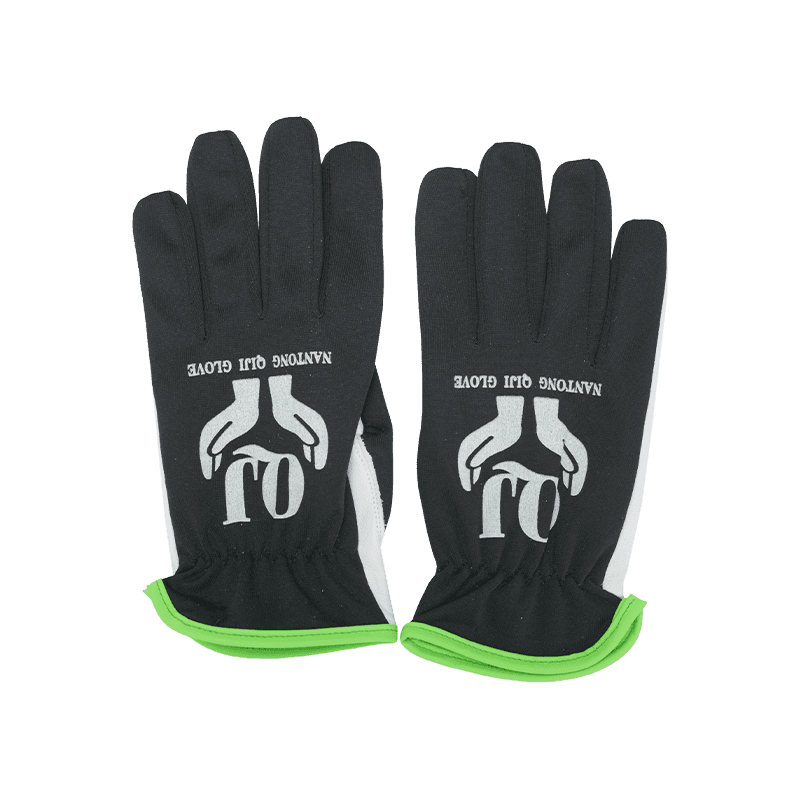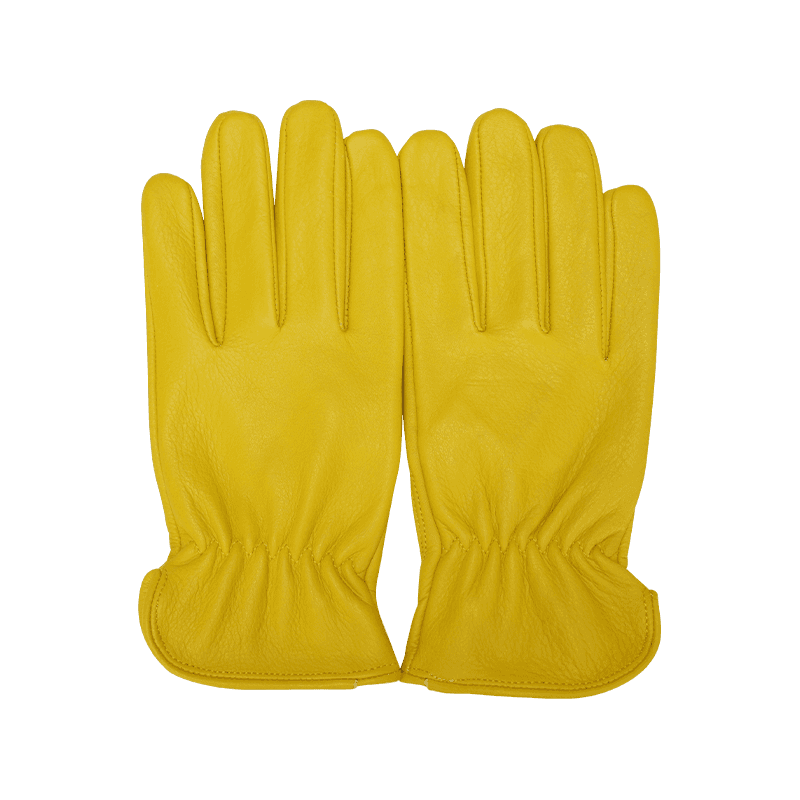Web Menu
Product Search
Exit Menu

What are safety gloves?
Safety gloves are personal protective equipment (PPE) that protect workers' hands from injury in various work environments. In many industries, hands are one of the most vulnerable areas to injury. Choosing and using the right safety gloves can effectively reduce the risk of cuts, abrasions, chemical burns, electric shock, and other injuries.
What characteristics should safety gloves have?
A qualified pair of safety gloves generally meets the following requirements:
Protection:
This is the core function of a safety glove. It must be able to withstand potential workplace hazards, such as cuts, punctures, chemical corrosion, and high or low temperatures.
Comfort:
Wearing the gloves comfortably ensures productivity and prevents unnecessary removal due to discomfort.
Flexibility:
Gloves should be lightweight and allow for flexible handling of tools and small objects.
Durability:
Gloves must offer good abrasion and tear resistance to maintain their protective effect over time.
Common Types of Safety Gloves
General-Purpose Safety Gloves
Mostly used for everyday tasks such as lifting and assembly, they primarily provide basic anti-slip and abrasion resistance. Common materials include cotton and nylon, which may be coated with rubber or PVC.
Chemical-Resistant Gloves
Suitable for work involving chemicals such as acids, alkalis, and solvents. These gloves are often made of materials such as nitrile, latex, and neoprene, providing a barrier to chemical damage to the skin.
Puncture-Resistant Gloves
Designed for handling sharp objects (such as scrap metal and needles), these gloves may contain Kevlar or wire mesh to effectively prevent punctures and cuts.
Electrical Insulating Gloves
A must-have for electricians or anyone working with live equipment. They are made of insulating materials to prevent electric shock.
Hot and Cold Work Gloves
For use in high or low temperature environments, they insulate against heat or cold to protect the hands, such as in foundries, welding, and cold storage.
Disposable Gloves
Commonly used in industries such as healthcare, food processing, and cleaning to prevent cross-contamination. They are typically made of latex, nitrile, or vinyl.
Cut-Resistant Gloves
Suitable for handling sharp objects such as glass and sheet metal. They are typically made of high-strength fibers to effectively prevent cuts.
How to choose the right safety gloves?
Before selecting gloves, assess the potential risks you might encounter at work, such as chemical exposure, sharp objects, and extreme temperatures. Then, choose gloves with appropriate protective properties based on the type and severity of the risk.
Also, consider whether the gloves are the right size. Gloves that are too large or too small can affect dexterity and protective effectiveness. During use, regularly check for damage to gloves and replace them immediately if any problems are found.
Product Category
Related Products
If you are interested in our products, please consult us
- Address: No.99 West Dingxin Road, Dingyan Town, Rugao, Jiangsu, 226500, China
- Fax: +86-0513-88568360
- Tel: +86-0513-68163373
- Email: [email protected]
[email protected]



 English
English Français
Français +86-0513-68163373
+86-0513-68163373


